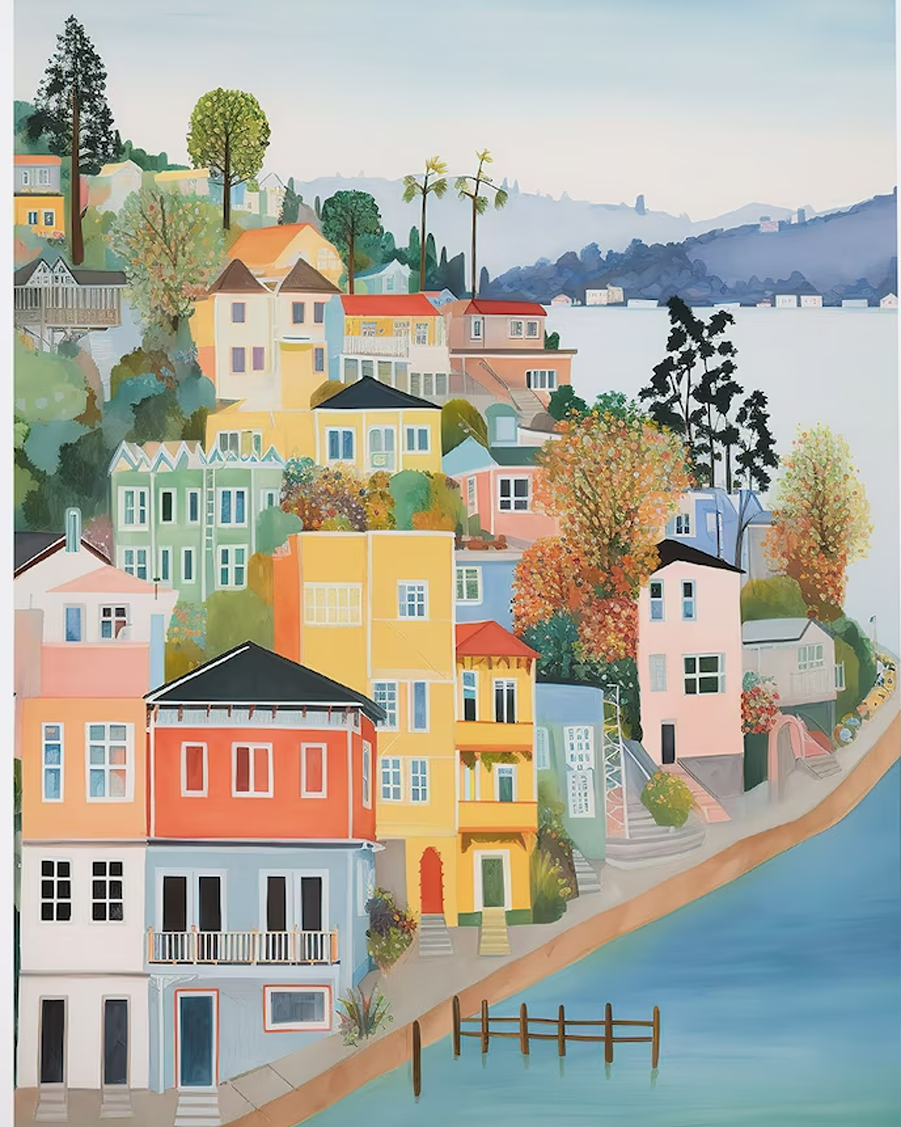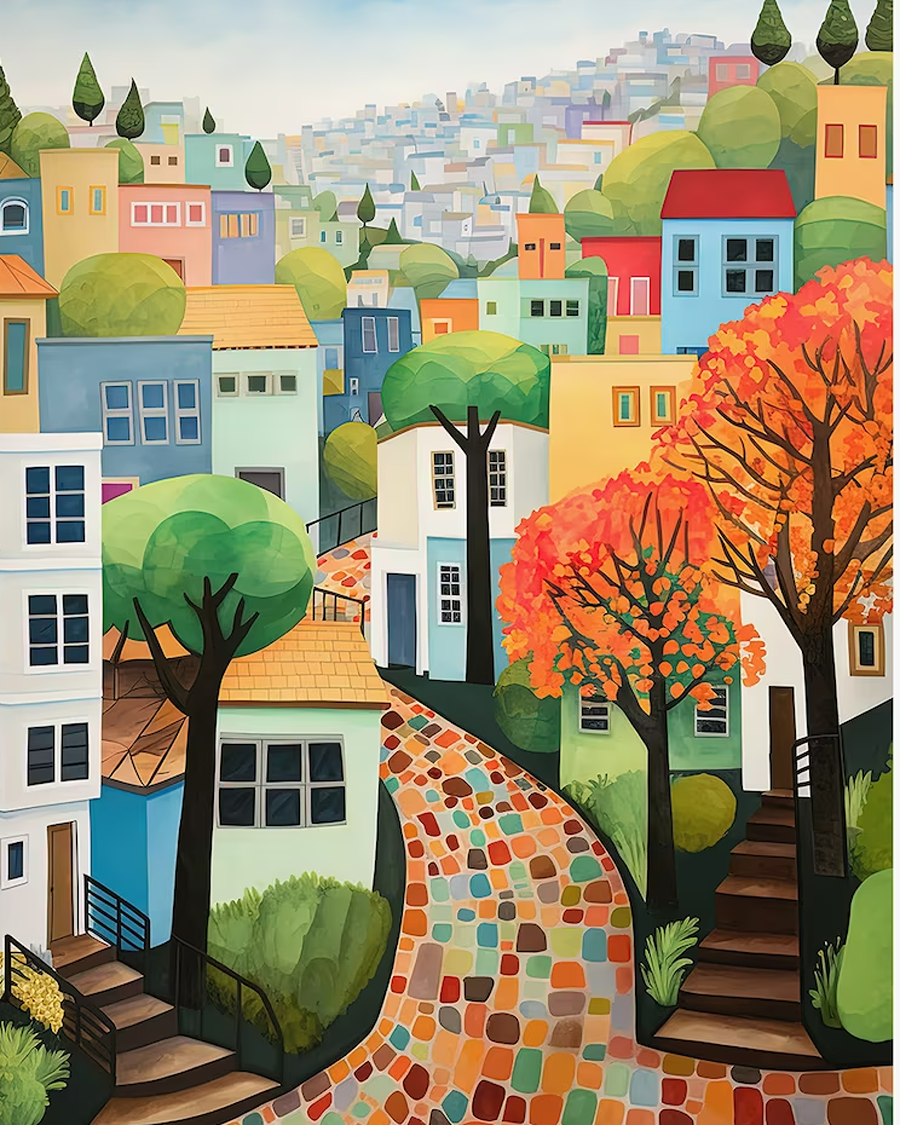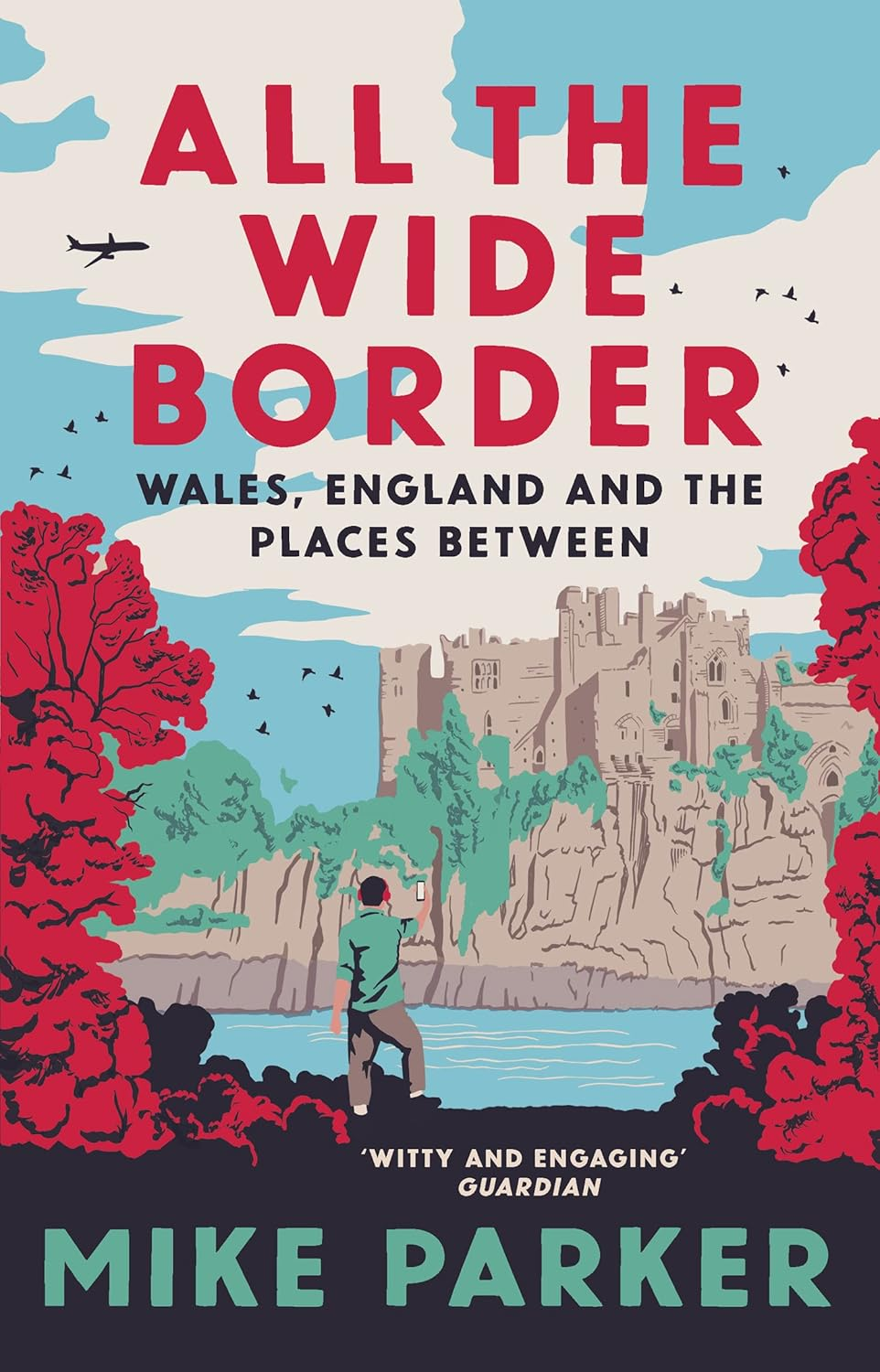Urban City Lessons from San Francisco

San Francisco is kind of like the USA’s Brighton – gay, vegan, green and hip. But it has better urban planning than most English cities, including cable cars that guide people through foggy weather, and innovative ideas to stem homelessness.
Originally named Yerba Bueno (Spanish for ‘good herb’), this city is built on 50 hills, some almost look vertical. The official advice is driving downhill is to turn your front wheels to the kerb (or to the side of the road) and set your parking brake.
Or uphill, turn your front wheels away from the curb and let your car roll back a few inches, so the wheels gently touch the curb. Sounds quite a hassle. No wonder so many people take the trolley car!
San Francisco Bay (home to the Golden Gate Bridge) drains water from almost half of California, connecting to the Pacific Ocean, home to many endangered sharks.
The bridge has just installed a suicide safety net (a metal grille that stretches all the way across). Just outside the city is Oakland, home to a natural saltwater lake and two redwood parks.
A City Preparing for Earthquakes

The 1906 San Francisco earthquake damaged around 90% of the city, killed 3000 people and left 200,000 people homeless. Back then there were no seismologists who could predict the tremors. Hopefully nothing like that could happen today, as there would be warnings.
Today many buildings are also made to be stronger and safer. Just as well, as the National Seismic Hazard Model says the the Bay Area has a 95% change of a damaging earthquake in the next 100 years. This is because the area sits on three major faults.
The San Andreas Fault runs for over 800 miles, the Hayward Fault has been the cause of 5 major quakes in the last 150 years (called ‘a tectonic time bomb’ as 3 million people live on it). And the Calvareas Fault is an offshoot of the San Andreas fault.
Building Resilience Against Earthquakes
San Francisco lives with earthquakes. The 1906 event reshaped the city. The 1989 Loma Prieta quake tested freeways, bridges and homes. From these shocks came a culture of preparation. Codes toughened, old buildings were retrofitted, and emergency plans moved from paper to drills.
The city now focuses on soft-story apartments, unreinforced masonry, hospitals and schools. Utilities plan for quick shutoffs and staged restarts. Early warning systems can give a few seconds to drop, cover and hold on, which can save lives. The broader lesson is that safety grows from steady investment and public habit, not from luck.
Lessons from Past Earthquakes
- 1906: A massive quake and fires destroyed large parts of the city. Rebuilding introduced wider streets and new materials, and set the stage for modern codes.
- 1989: The Cypress Structure collapsed, and the Bay Bridge suffered damage. Response times improved, mutual aid grew, and retrofit programmes gained urgency.
Over time, the city moved from reaction to prevention. Timelines show consistent upgrades, regular funding, and clear deadlines for private owners to act.
Modern Preparedness Tips for Urban Areas
Practical steps any city can apply:
- Update building codes: Focus on life safety, with clear retrofit triggers for major work.
- Target high risk stock: Soft-story apartments and old brick buildings need priority.
- Fund retrofits: Offer grants, low-interest loans and tax relief tied to verified upgrades.
- Run public drills: Join regional exercises like the Great California ShakeOut to build habit.
- Use early warning: Connect alerts to public systems, transport and hospitals.
- Plan lifeline recovery: Map backup routes, fuel points and water stations in advance.
- Educate households: Promote go-bags, water storage and family contact plans.
- Audit critical sites: Test hospitals, schools and data centres under realistic scenarios.
Cable Cars and Public Transit

Cable cars in San Francisco are known worldwide, clanging their bells. They form just part of a good public transit network. The cable cars were invented by an English mining engineer, who whilst living in the US, saw five horses dragged to their deaths, when they slipped on wet cobblestones, and slid backwards under their heavy load.
The Mechanics of Cable Cars
The system uses an underground moving cable powered by a central powerhouse. Each car has a grip that latches on to the cable through a slot in the street. The gripman controls speed by tightening or easing the grip, while a conductor manages brakes and passengers.
Keeping the system authentic and safe takes skill. Rails, grips and brakes need regular checks. The powerhouse must run with both heritage care and modern safety standards. The city treats the system as living infrastructure, not a static exhibit, which preserves both craft and culture.
Lessons for Sustainable Urban Transport
The cable cars do more than charm. They remove car trips on steep corridors, link to buses and trams, and encourage walking around compact hubs. Electric power at the powerhouse means fewer tailpipe emissions on the streets themselves. Crowds naturally form near terminals, which supports local businesses without more parking.
Practical tips for other cities:
- Start with a hero route: Restore or launch one line with strong identity, then build around it.
- Integrate ticketing: One pass for all modes nudges riders to leave the car at home.
- Design for footfall: Place stops near parks, museums and shops to spread spending.
- Protect the craft: Train operators and mechanics, and celebrate their work in public.
San Francisco is also very walking-friendly with lots of bicycle lanes. It has way more walkable communities and public parks than England, despite having the same population roughly as Sheffield, Leeds and Bristol.
Car-sharing clubs are also popular, with eco-friendly gas stations and women-owned mechanic outlets, specialising in hybrid repairs.
The city also has a thriving zero-waste policy, with hardly anything sent for incineration (there are even reusable nappy laundry services).
There are innumerable zero-waste shops (unlike here where one or two is the norm per city). Even a zero waste supermarket with 800 ‘bulk-buy’ bins for refillable goods.
Addressing Housing Affordability
Homelessness is a big issue in San Francisco, with thousands of people sleeping on the streets or in ‘tent cities’ which most tour buses now witness, upsetting in a fairly rich city.
Pit Stop provides art-covered public bathrooms for rough sleepers, which also offers places to deposit dog poop bags and needle waste. Vet SOS provides food and medical care for street dogs.
Most Dog-Friendly Town on Earth (nearby)
Drive just a couple of hours south of San Francisco, and you end up in the ‘fairytale village’ of Carmel-by-the-Sea, home to beautiful million-dollar houses and a thriving artist community. This town is known as being one of the most dog-friendly on earth.
The ‘Fountain of Woof’ spurts out fresh water for thirsty dogs, and police patrol the beach, to ensure no dogs are left in cars. Mutt Mitts are provided in dispensers at the top of every stair access to beaches).
There is even a local calendar of local pooches, sold to raise money for animal shelters. One well-known resident here was Doris Day, who ran a dog-friendly hotel.
For two years, the mayor was former Hollywood actor Clint Eastwood. Running as non-partisan candidate, he advocated environmental protection, supporting small business interests and constructed a library annex, beach walkways and more public restrooms.
Today in his 90s, he is member of the not-very-well-known Libertarian Party. A previous supporter of the Republican Party, he says he wished Donald Trump would ‘act in a more genteel way, without tweeting and calling people names’.
San Francisco’s Wine-Growing Napa Valley
Just north of San Francisco is one of the USA’s renowned wine-growing regions, though it only produces around 4% of wine sold. Home to small family-owned vineyards, the word ‘napa’ is Wappo (native American) for ‘plenty’ and sits on volcanic soil that is very fertile, thanks to regular floods in the past. For this reason, the wine here is unique in taste to any other.






